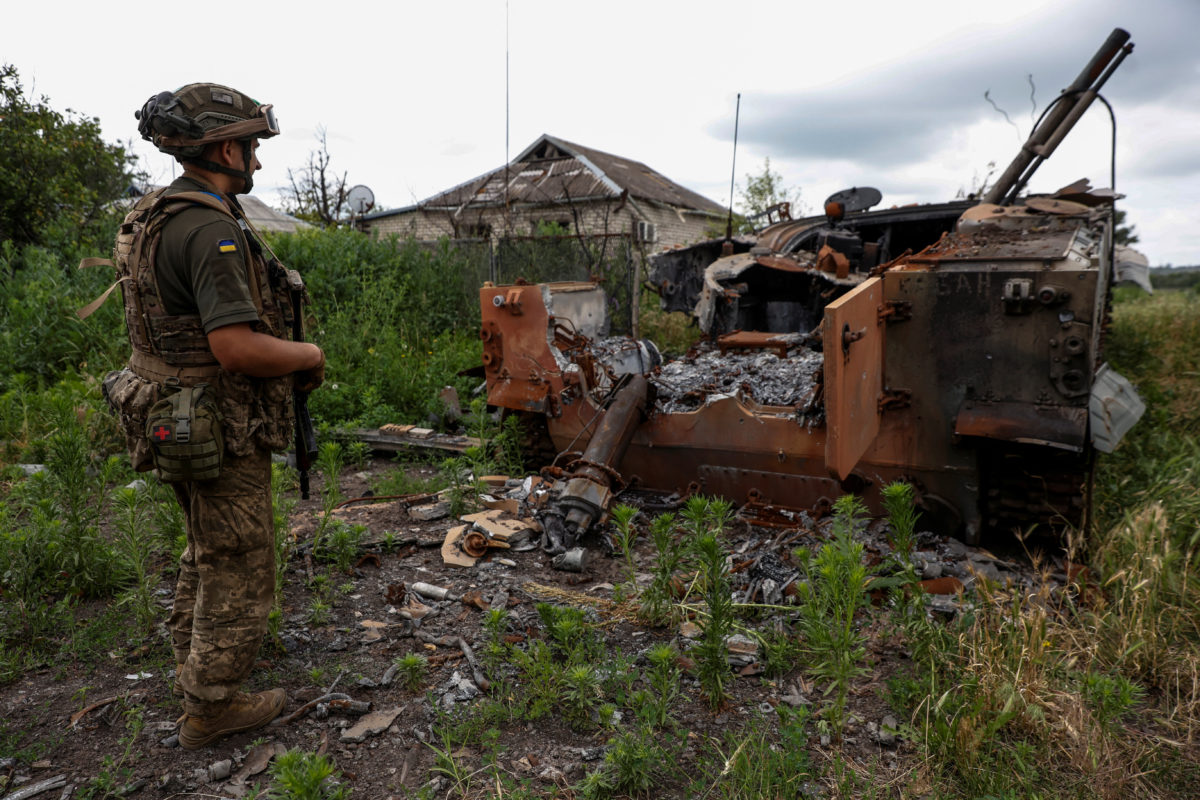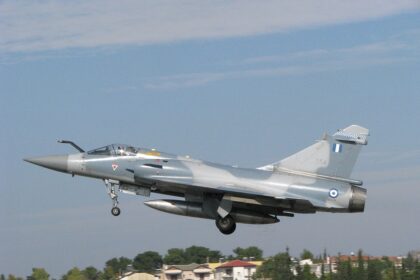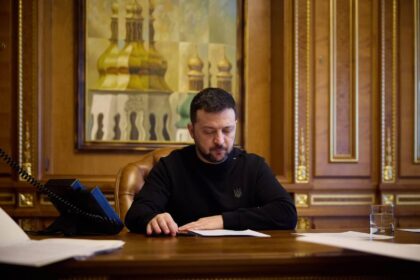**Russian Defense Ministry’s Casualty Claims Debunked by Independent Data Organization**
In a stark revelation, the independent data organization ACLED has systematically reduced Russian Defense Ministry’s casualty claims from hundreds to just 10 deaths when cross-verification fails. This finding comes as researchers tracking the war in Ukraine continue to document and analyze the conflict.
ACLED, which employs over 200 specialists worldwide, maintains a team of six researchers in Ukraine who process a fixed list of sources daily. The organization’s methodology involves checking Russian government sources, Ukrainian government sources, and independent media, but uses a broader range of materials for verification. Researchers examine additional resources, study photo and video materials, and employ OSINT methods to confirm or refute data from primary sources.
According to Olga Polishchuk, ACLED’s research director for Eastern Europe, the Caucasus and Central Asia, the organization reduces Russian numbers automatically to 10 to avoid creating false trends. This is evident in a chart tracking the period from January 2024 to April 2025, which displays Russian Defense Ministry casualty claims in gray and ACLED’s corresponding database entries in red.
The stark difference between Russian claims and verified data highlights the discrepancies between official statements and reality. When Russian forces claimed massive Ukrainian casualties that other sources could not confirm, the organization entered the events but reduced death tolls to 10 with notes about the Russian Defense Ministry source.
ACLED treats Ukrainian government reports as biased but finds them easier to verify due to independent Ukrainian and international media operating in Ukraine-controlled territory. The difference is most often due to the fact that the Ukrainian side reports the total number of killed and wounded, while ACLED only reports deaths.
Each researcher processes at least 100-200 events weekly. When different versions of events exist and researchers cannot confirm details, they choose the most conservative option, such as lower casualty numbers. Events that cannot be verified at all receive notes stating “number of casualties unknown.”
**The Challenges of Documentation**
The war’s scale presents unique challenges for analysts. Many settlements, high event concentration, and intensive information flow create both advantages and obstacles for documentation efforts. According to Nikita Gurkov, senior analyst, “In some countries, only a few sources report on war. Ukraine has many sources. But this doesn’t always make analysis easier: repetition, intensity and oversaturation make identifying new trends difficult.”
**What’s Next?**
When ACLED expands its source list, researchers first adjust previous period data based on new sources before publishing updates publicly, typically in six-month blocks. This ensures that data is consistent and comparable over time.
In conclusion, ACLED’s findings provide a stark reminder of the importance of verification and cross-validation in documenting conflicts. By systematically reducing Russian Defense Ministry casualty claims to 10 deaths when verification fails, ACLED highlights the need for accurate and unbiased reporting in times of war.
Read More @ euromaidanpress.com












